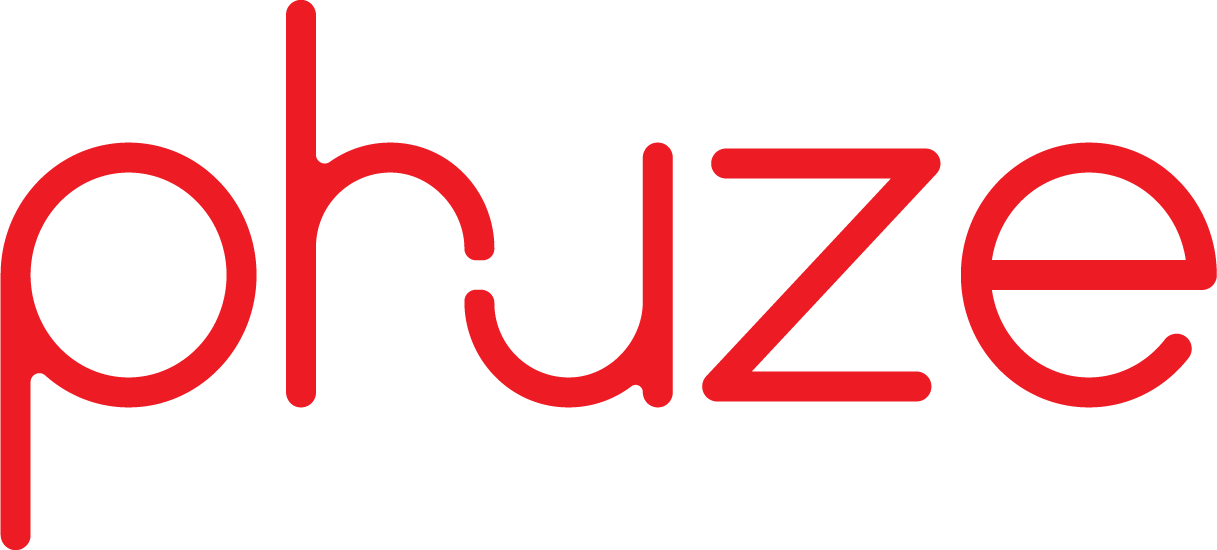How Does Innovation Help To Differentiate My Medical Communications?
When talking to clients about differentiation I often hear the words ‘innovation’ and ‘disruption.’ Most companies appreciate that they need to be innovative but that word means different things to different people, so it is important to establish expectations from the outset.
I have lost count of the number of times I have been asked for innovative, unique, and out-of-the-box tactics that had not been done before, only then to be asked to show examples of where I had done it before and provide evidence of success. I don’t think I’m the only one who sees the paradox in that.
Innovation, by definition, is about changing something that is established by introducing new methods, ideas, or products. It can be evolutionary or revolutionary, but the one thing they both have in common is the process of trial and error.
Innovation requires an appetite or willingness to embrace calculated risk and, when things don’t go entirely according to plan, to learn from the experience and press ahead. It is not uncommon to encounter a limited appetite for this sort of calculated risk but some of our most successful programs began with clients who were prepared to take calculated risks and wear the occasional setback in order to arrive at an innovation.
Disruption, on the other hand, is a little different. Harvard Business School professor and disruption guru Clayton Christensen says that a disruption displaces an existing market, industry, or technology and produces something new and more efficient and worthwhile. It is at once destructive and creative.
Disruption, by definition, is a more challenging proposition for a conservative, highly regulated market like pharmaceuticals. Nevertheless, we continue to chase that Holy Grail.
Here’s an example of an innovative approach that was more evolutionary than revolutionary. One of my clients was looking for ways to use medical education to engage more productively with clinicians. They wanted a deeper understanding of the type of patients they were treating and how they were treating them. He had recently returned from an international conference where he had seen ‘drag and drop’ software being used on a touch screen and was wondering how to apply it to educational materials.
We eventually landed on the idea of using the technology to produce a fully customisable patient information brochure. The application would allow the doctor to choose what information they wanted in a leaflet for their patients. The medical representative would sit with the doctor to assemble the brochure and at the same time gain a better understanding of what information patients needed.
We borrowed a concept and adapted it to a new use. This allowed us to create something the representatives could use to engage with their clinicians in a completely different way. The material did not carry any product branding but it created a unique tool for this therapeutic area that enabled the representative to segue from the disease to the patient and then onto management.
But it wasn’t all smooth sailing. The medical department had never before approved individual blocks of information that would later be assembled into a coherent brochure. We also had to create the flexible technology and format for the brochure itself. No sooner had we cleared one hurdle than another would appear, but none was insurmountable because of our client’s acceptance that trial and error was part of the process.
These examples highlight the potential upside to being innovative, but it does mean being prepared to take a calculated risk, and the degree of risk you’re prepared to take should depend on where you’re positioned in the market.
